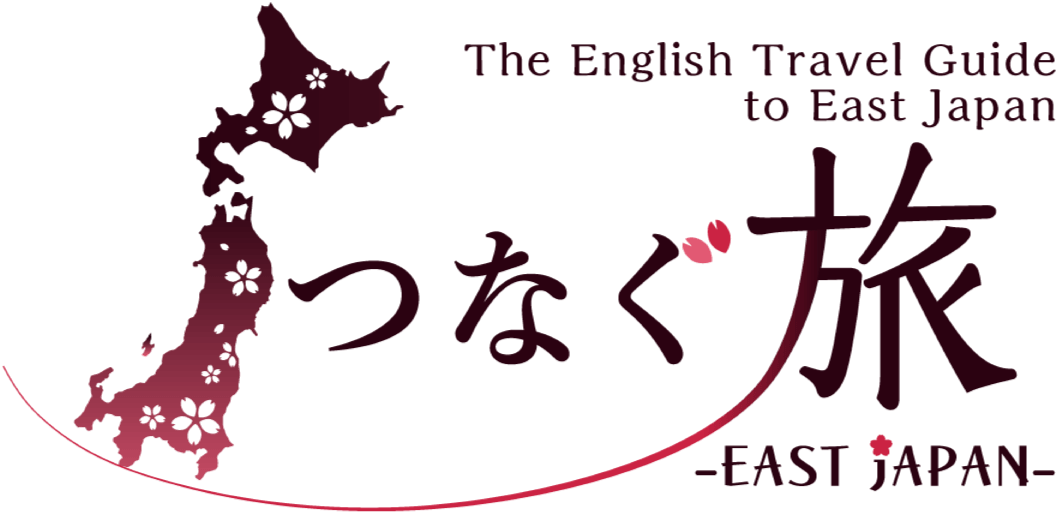- sendai
- oyama
- uonuma
- nagano
Sengoku fans don’t miss it! A journey to the historical sites of Eastern Japan, following the tracks of pop warriors of the Sengoku period; Takeda Shingen, Uesugi Kenshin, Date Masamune.
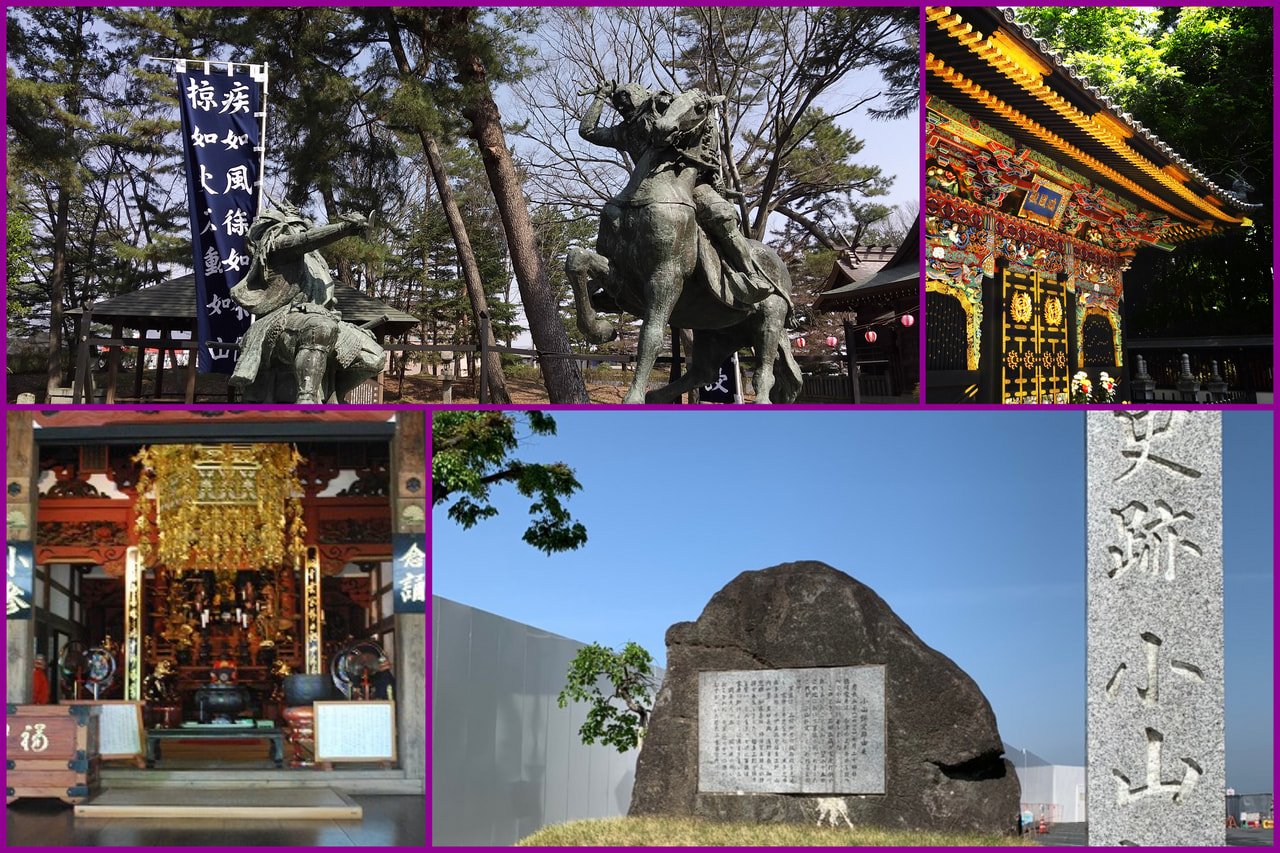
It is not an exaggeration to say that the Sengoku period is one of the most popular eras in Japanese history, with a huge number of fans. For history enthusiasts who want to experience not only the facts of the battles but also the stories about the warriors, pilgrimage to historic sites could be led to their "travel." This article will introduce to a courses that visits battlefields of the Sengoku era and places where warriors grew up . Let's visit the many remaining historical sites and remenber of the warriors who moved the times.


From Nagano Station, take the Hokuriku Shinkansen to Takasaki Station, then transfer to the Joetsu Shinkansen and head to Shiozawa Station on the local line. Return to Echigo-Yuzawa Station, take the Joetsu Shinkansen to Omiya Station, and then transfer to the Tohoku Shinkansen to Oyama Station. To get to Sendai Station, which is the final destination, take the same route on the Tohoku Shinkansen. It is also possible to take a high-speed bus or a car from Echigo-Yuzawa Station to Sendai Station, which would be a good option depending on your schedule.
"Kawanakajima Kosenjo(Kawanakajima Old Battlefield)" in Nagano city Famous place for the battles between Takeda Shingen and Uesugi Kenshin
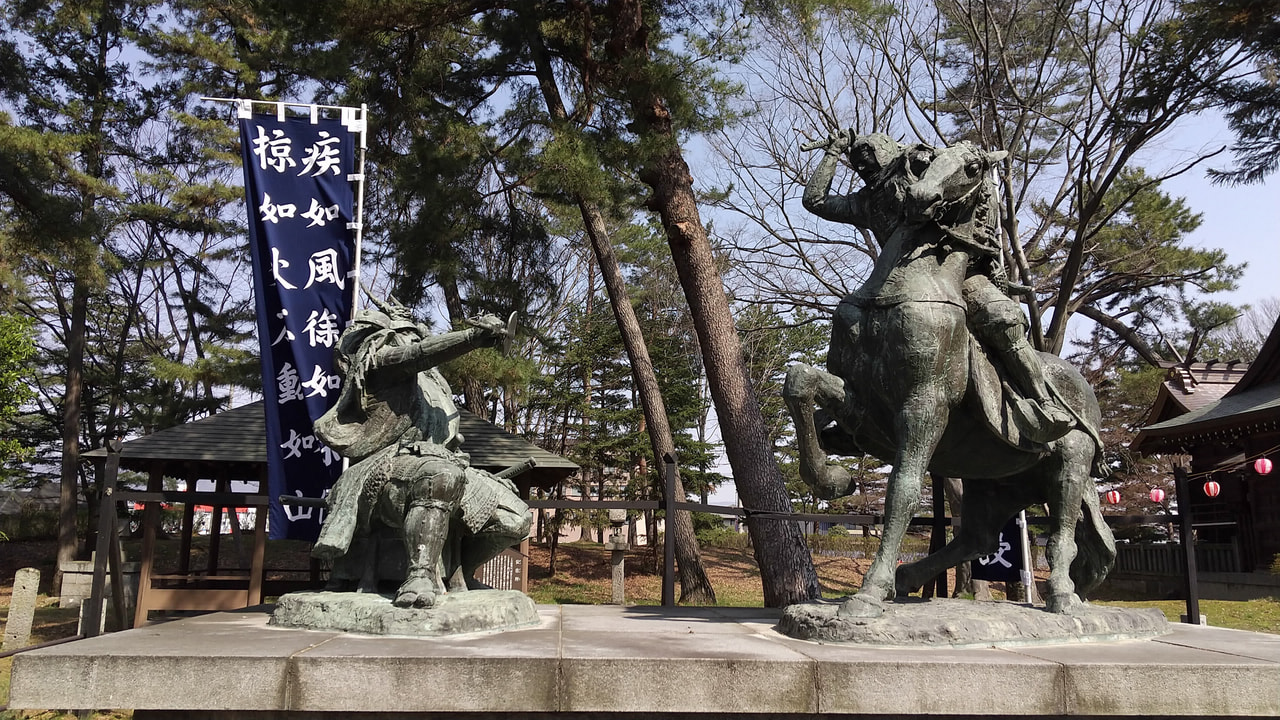
The area around Nagano city has experienced intermittent warfare since ancient times. In a time of war and turmoil, powerful neighboring families were divided into two factions fighting near Wasato (Ichimura) in response to Kiso Yoshinaka's flag-raisng in the Ichihara Battle, a prelude to the Genpei War, as well as the Yokota-gawara Battle, in which Kiso Yoshinaka repulsed Jo clan, who led a large army from Echigo to suppress his flag-raising at Shinonoi-Yokota.
In the Sengoku period, the Battle of Kawanakajima took place there, where Takeda Shingen and Uesugi Kenshin fought five time in twelve years. Due to the effects of the Tenbun-Jingo (a war caused by the collapse of the Oda clan, who had defeated the Takeda clan), the rulers of the four counties of Kawanakajima rapidly changed, and the city area and neighborhood went to ruins. Kawanakajima Kosenjo(Kawanakajima Old Battlefield) was established at this ancient site, and you can find a statue of Takeda Shingen and Uesugi Kenshin engaged in a one-on-one battle (pictured) there.
DATA
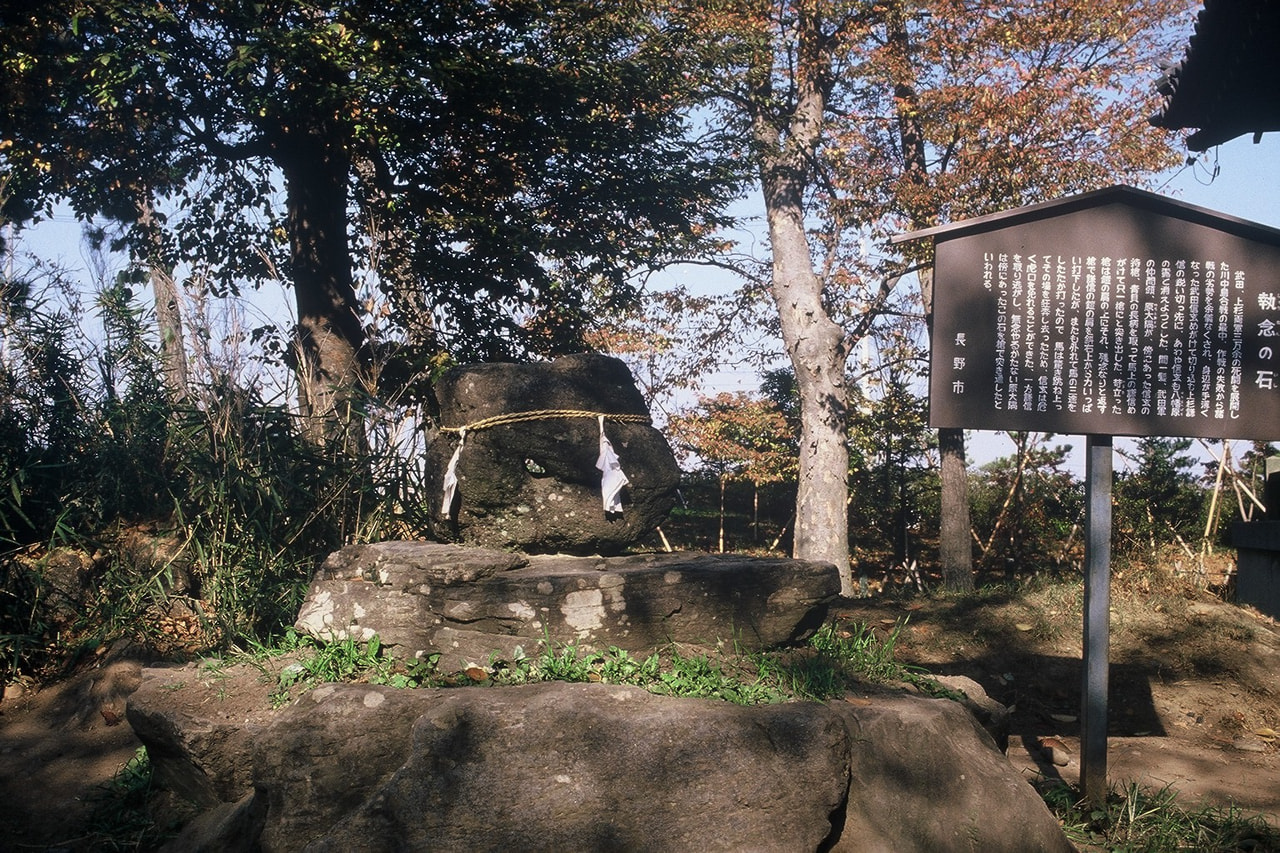
"Untoan Temple" The Soto sect Zen temple in Minamiuonuma city A temple you can track the Zen master of Uesugi Kenshin and Takeda Shingen, the 10th generation of Untoan; Hokko Zenshuku
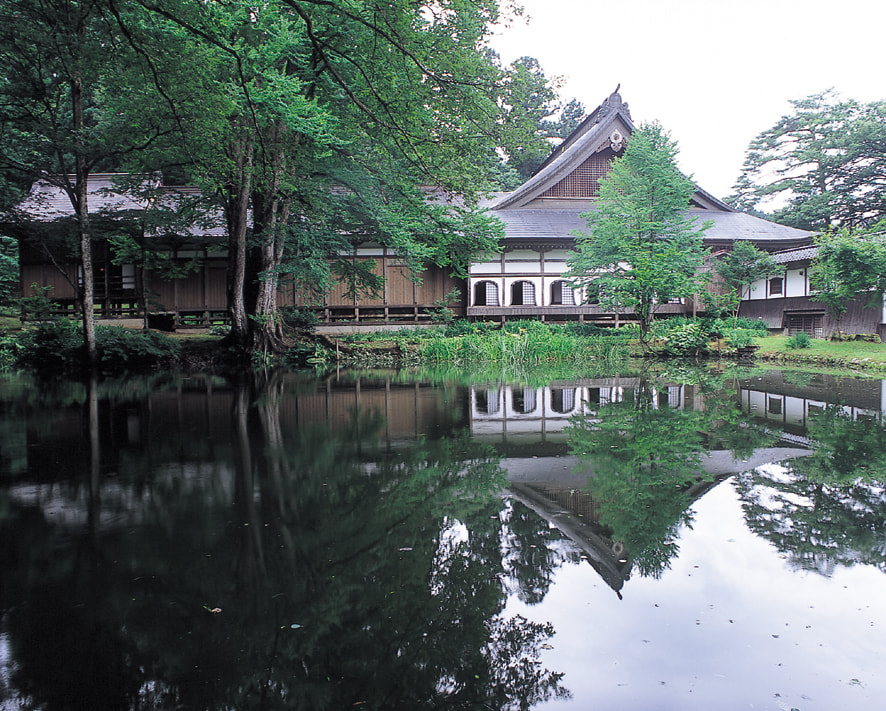
Minamiuonuma city is famous as the birthplace of Naoe Kanetsugu, the warrior active during the Sengoku to Edo periods. Despite being a heavy snowfall area, it is also a town where many historical sites remain. Popular spots include "Naoe Kanetsugu Koden Seikan" where you can see a copy of his letter "Naoe-Jo" sent to Saisho Jotai, who was negotiating with the Uesugi family at the behest of Tokugawa Ieyasu in 1600 (Keicho 5). The “Sakato Castle Ruins” associated with Uesugi Kenshin are also popular. In particular, the Soto sect Zen temple "Untoan Temple"(pictured), where the 10th generation of the top monk, Hokko Zenshuku were. Hokko Zenshuku was a Zen master of Uesugi Kenshin and Takeda Shingen ;Uesugi Kagekatsu and Naoe Kanetsugu also studied under him. This historical temple had a significant impact on the "Battle of Kawanakajima.
DATA
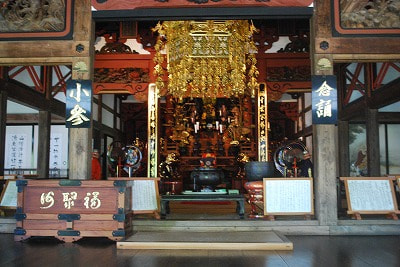
"Oyama Council Site" in Oyama City The crucial military council ensured the way for the Tokugawa shogunate's 300 years of stability.

Oyama City has a long history that dates back to the late Heian period when a clan of Fujiwara Hidesato suppressed the rebellion of Taira no Masakado, settled in the area and adopted the name "Oyama". In the medieval period, the Oyama clan's territory expanded, and they gained significant influence. However, in 1380, they came into conflict with another clan, the Utsunomiya, which led to a state of warfare with a head warrior of the Kamakura Shogunate, Ujimitsu Ashikaga, ultimately resulting in the Oyama clan's destruction. Afterward, the Yuki clan took over the name of Oyama and ruled the area around Oyama City until the Sengoku period. In the late Sengoku period, they became under the control of the Hojo clan. Later, with the downfall of the Hojo clan due to Toyotomi Hideyoshi's the Siege of Odawara, the Oyama clan had their territory confiscated and lost their positions.
On July 24, 1600, Tokugawa Ieyasu set up his main camp in Oyama, Shimotsuke Province while en route to Aizu (Fukushima Prefecture) to suppress Uesugi Kagekatsu. At that time, news of the uprising led by Ishida Mitsunari reached him. On the following day, July 25, Ieyasu hastily summoned the Shoguns to the main camp to hold a military council and discuss whether they should proceed with their planned attack on Uesugi Kagekatsu or go west to fight Ishida Mitsunari. This military council, known as the "Oyama Council," was held at the Oyama Council Site (pictured).
DATA

"Zuihoden Mausoleum" in Sendai City The Mausoleum where Date Masamune rest, the founder of Sendai Domain
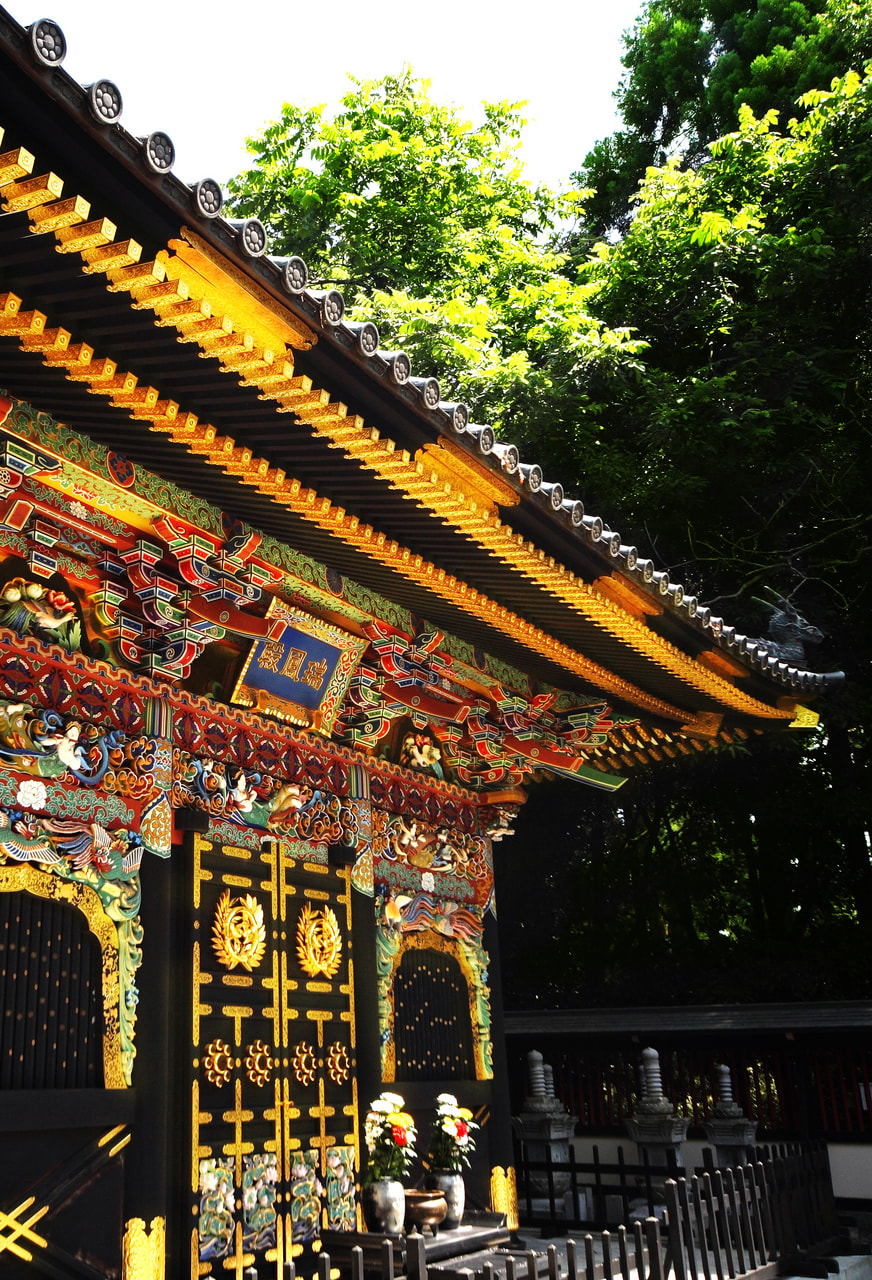
Date Masamune is well known for his political and military achievements as a Daimyo of the Sengoku period. He joined forces with the victorious Tokugawa army in the Battle of Sekigahara in 1600(Keicho 5). The following year, he began construction of the castle in Mount Aoba (Aoba-ku, Sendai) and established the Sendai Domain. He also developed the castle town and laid the foundation for Sendai, which would become the largest city in the Tohoku region. The size of the Sendai Domain was expressed in "koku", a unit of measurement for land based on the amount of rice produced, and was 620,000 koku. This was the third largest domain in the country, right behind the Maeda family of Kaga (present-day Ishikawa and Toyama Prefecture) known for their "Kaga one million koku," and the Shimazu family of Satsuma (present-day Kagoshima Prefecture) with approximately 730,000 koku. "Zuihoden Mausoleum" (pictured) is the mausoleum of the three feudal lords of the Date family, including Date Masamune, who was famous throughout Japan for his eccentric strategies and numerous military exploits, as well as for his reputation as a cultural figure with a great knowledge of cooking and waka poetry.There are also many other places in Sendai City that have a connection to the Date family, including the Sendai City Museum, which displays cultural assets donated by the Date family, and the ruins of Sendai Castle, which was the stronghold of the Date family.
DATA
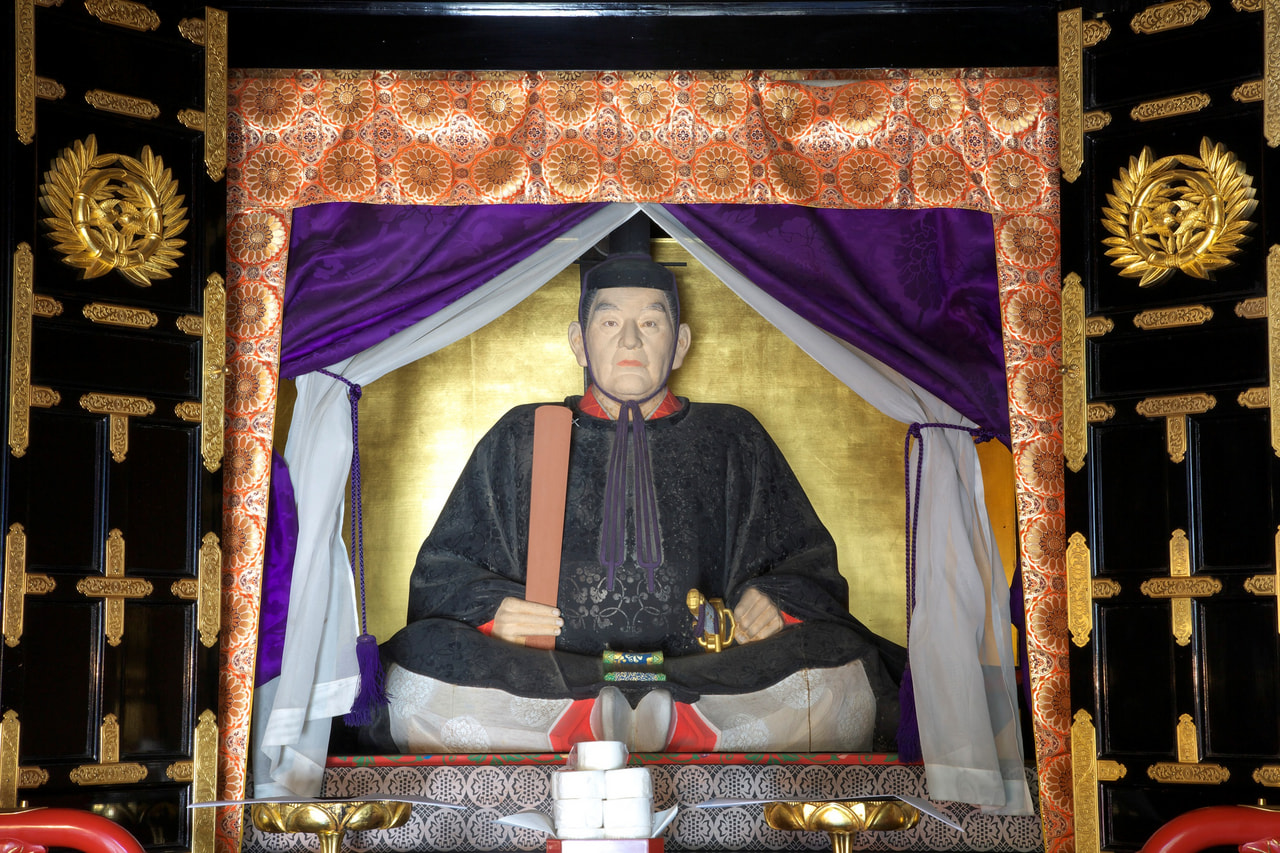
A romantic journey to where history was made
The Sengoku Period was 400 to 500 years ago. It is fascinating to explore history through remaining documents and artifacts. Other option, by actually visiting these places, you may feel “the lingering flavor of history" that still remains. We highly recommend immersing yourself in the romantic history of the era and enjoying a journey through time.
- All prices in the article include tax. Prices are subject to change without notice.
